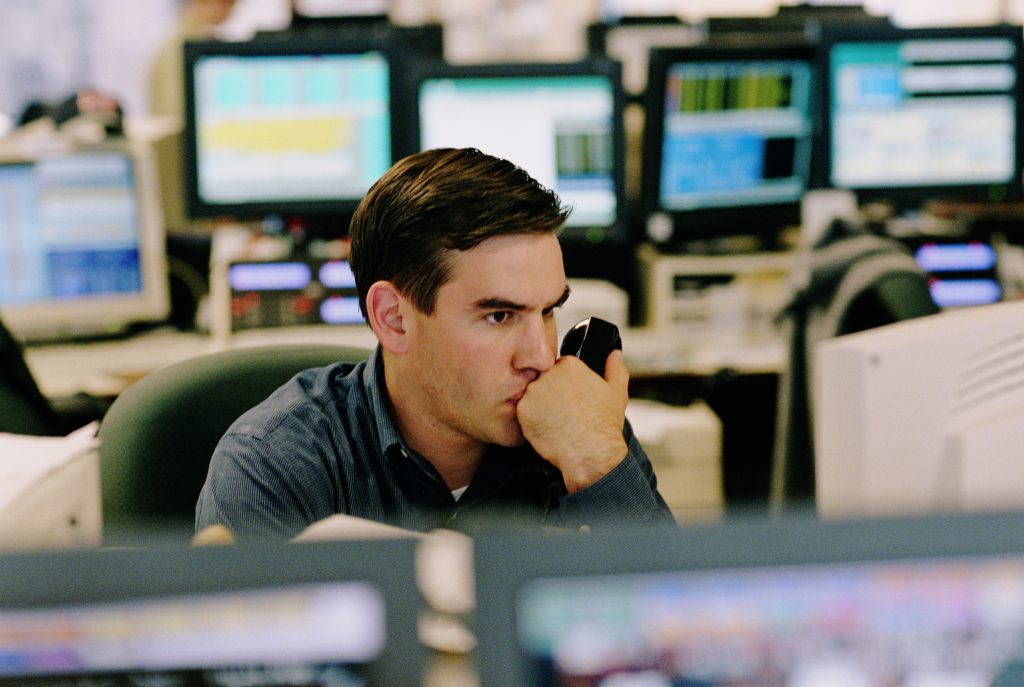Monthly Market Update | 11 May 2021
April saw a de-escalation of bond yields and a further rise in stock market prices across the board. Risk assets began to gear up for the acute phase of the economic rebound, as vaccinations progress in most G7 countries, especially the UK and the US.
Data, even from Q1, suggest that the developed world is racing back to normality. US GDP for the first few months of the year rose 6.4% on an annualized basis. While the initial footprint of US earnings (up
45.8% year-on-year after 60% of large caps have reported) is impressive. The sluggish response of markets to corporate results allows earnings to catch up to exuberant valuations.
Currently there are three big themes we think all investors should be watching:
The first thing investors must watch is the course of the pandemic globally. Despite the positive narrative and high vaccination rates in the US and the UK, investors should be attuned to persistently low vaccination rates in Europe and globally. News about renewed lockdowns in Germany and France, and a very sharp spike in India, have already drawn the attention of investors, even if markets don’t reflect that. Supply chains are again under threat. Wounded by last year’s experience, when markets
initially failed to react to the Wuhan news and dropped sharply after the first death in Italy, the investment world will likely remain particularly
sensitive to the geography of the pandemic news flow. The latest variant to trouble health officials, the so-called ‘Indian’ B.1.617 variant, has drawn some market concern. Portfolio managers worried about new variants, coupled with ‘lockdown fatigue’ in the developed world and low vaccine availability in many emerging markets, may understand that while
valuations anticipate a normalisation of earnings, the fight against the pandemic is far from over. This also means that risk assets will remain correlated to stimulus availability, both on the monetary and the
fiscal front.
The second thing investors should watch is multilateralism. Normally this falls into the more academic geopolitical sphere. However, the cost of
the unraveling of the global world order in the years after the 2008 financial crisis has been steep. Trade wars, lack of policy coordination on issues such as the environment and central bank operations, and as of late a lack of a centralized response to the pandemic. These ‘opportunity’
costs are not immediately visible, but they could amount to trillions of Dollars. The pandemic has done more damage to international relations than the entirety of the previous decade. Countries now frequently close
borders and engage in vaccine nationalism. In a world that has enjoyed the benefits of globalization for years, de-globalization could have significant
consequences, especially in respect to the free movement of capital.
The third thing investors must watch is the impact of fiscal stimulation, especially in the US. In the last week of the month the Federal Reserve disappointed markets by stating it would not increase quantitative
easing. Janet Yellen, formerly a Fed Chair herself, then contradicted her successor by saying that rates could be forced to rise to prevent the economy from overheating. It was the first such public statement
from a government official in years, suggesting that rates would be driven not by the Fed’s esoteric monetary deliberations but rather by economic
policy.
Investment managers, trained in Pavlovian fashion to respond to cues from the Fed as the purveyor of the ‘only game in town’, might be slow to embrace the potential for such a change, especially from an administration considered a ‘caretaker’. There might not be appetite to consider that, after more than a decade of monetary focus, fiscal policy is the ‘new game in town’. The new US government is increasingly viewing the pandemic as an opportunity to break ‘secular stagnation’ and it has been increasingly taking steps towards expanding its reach. If that is the case, companies should prepare to welcome back more confident and emboldened
consumers in the near future. The Fed will have to work overtime to try and balance a huge debt pile, an incredibly expanded balance sheet, and ‘good’, demand-driven inflation. In this scenario, current valuations would be neither expensive nor cheap. They would be rendered irrelevant.
-George Lagarias, Chief Economist

















Comments